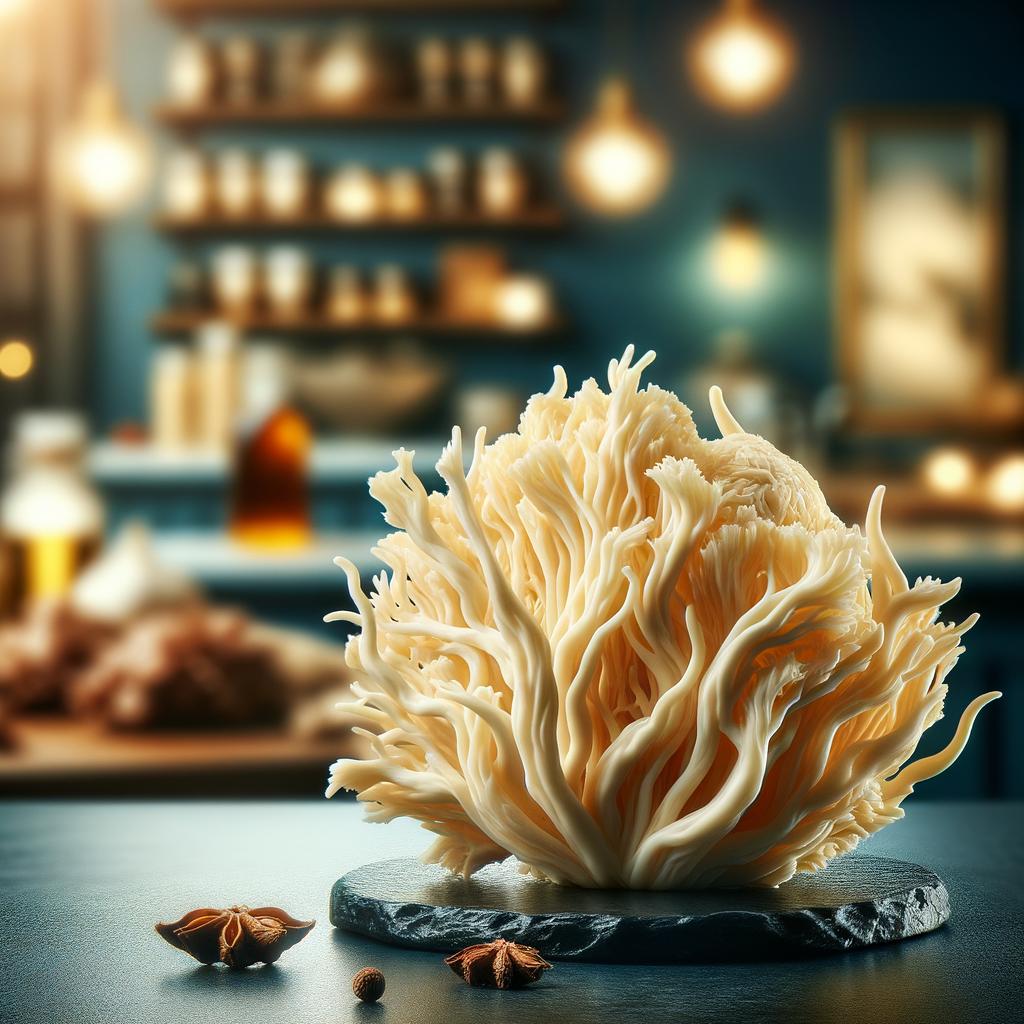Caul Fat

Description
Caul fat, also known as lace fat, crepinette, or fat netting, is a delicate, lacy membrane that surrounds the internal organs, specifically the stomach, of animals like pigs, cows, and sheep. It has a translucent, web-like appearance, with a texture that is both soft and pliable. Its flavor profile is exceptionally mild, making it an ideal ingredient to carry and enhance the flavors of the foods it encases. A unique characteristic of caul fat is its ability to melt away during cooking, basting the wrapped ingredients in a thin layer of flavor-rich fats, leaving behind a delightful, crispy exterior.
Primary Uses
Caul fat is a traditional ingredient in many cuisines, used primarily for wrapping or casing meats, pâtés, and sausages. It is key to French charcuterie, where it is used to make crépinettes and pâté en croute. In English cuisine, it's often used to encase faggots, a type of meatball. In Romanian and Moldovan cuisines, it is used to wrap a variety of stuffed dishes. Beyond its culinary uses, caul fat has been used in traditional medicine to dress wounds due to its antiseptic properties.
History
The use of caul fat dates back centuries, with its origins rooted in the nose-to-tail eating philosophy where no part of the animal is wasted. It was particularly popular in Medieval European cuisine where it was used to create visually appealing and flavor-rich dishes. Over time, as food became more industrialized, the use of caul fat waned. However, with the resurgence of artisanal and traditional cooking methods, caul fat is once again being appreciated for its unique culinary properties. It is also associated with folklore, particularly in England where it was believed that being born with a caul was a sign of good luck and protection against drowning.
Nutritional Information
Caul fat is a source of saturated fats, which, while necessary for bodily functions, should be consumed in moderation. It also contains small amounts of vitamins and minerals, including vitamin B12 and iron. Compared to other fats, caul fat is lower in cholesterol and higher in monounsaturated fats, which are known to be heart-healthy. However, as with all animal fats, it should be used judiciously as part of a balanced diet. The beauty of caul fat lies not just in its nutritional profile but in its ability to transform simple ingredients into gastronomic delights, adding a touch of historical romance to our modern tables.

